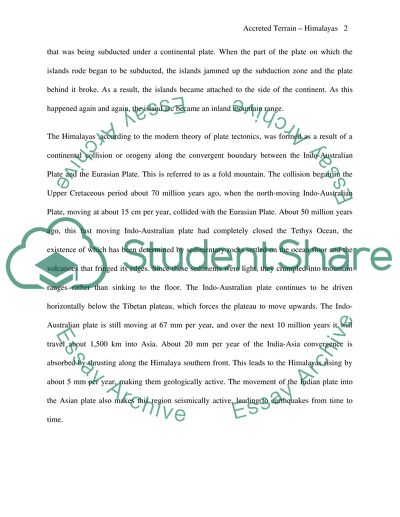Koalin Loess(Glacier&Periglacial landscapes) Essay. Retrieved from https://studentshare.org/miscellaneous/1554987-koalin-loessglacierperiglacial-landscapes
Koalin Loess(Glacier&Periglacial Landscapes) Essay. https://studentshare.org/miscellaneous/1554987-koalin-loessglacierperiglacial-landscapes.


